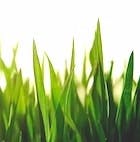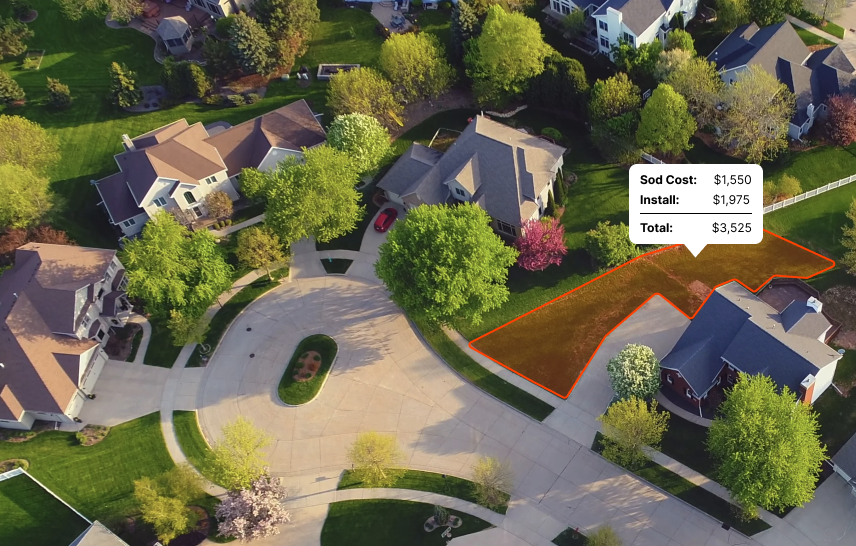Several factors can sway which grass type will flourish best, including the soil type, sunlight exposure, and the availability of water. Having a chat with a local lawn care expert can guide you in selecting the grass that will satisfy your particular needs the best.”
Introduction
Wisconsin enjoys a humid continental climate, characterized by chilly winters and warm summers. The state sits snugly within the cool-season grass zone, meaning that the best-suited grass varieties for Wisconsin are those that thrive in cooler weather.
These types of grass typically prefer temperatures ranging from 60 to 75 degrees Fahrenheit, usually the conditions you'd find in Wisconsin's spring and fall seasons. The most opportune moment to plant grass in Wisconsin lies within the fall, precisely between mid-August and mid-September.
During these weeks, the drop in temperature coupled with a rise in moisture creates an ideal environment for grass seeds to sprout. But remember, it's critical to pick the right type of grass for your specific spot in Wisconsin.
Several factors can sway which grass type will flourish best, including the soil type, sunlight exposure, and the availability of water. Having a chat with a local lawn care expert can guide you in selecting the grass that will satisfy your particular needs the best.
What are the best sod types for WI?
In the world of landscaping, not all grasses are created equal. Each thrives in a specific climate zone: cool, warm, or transition.
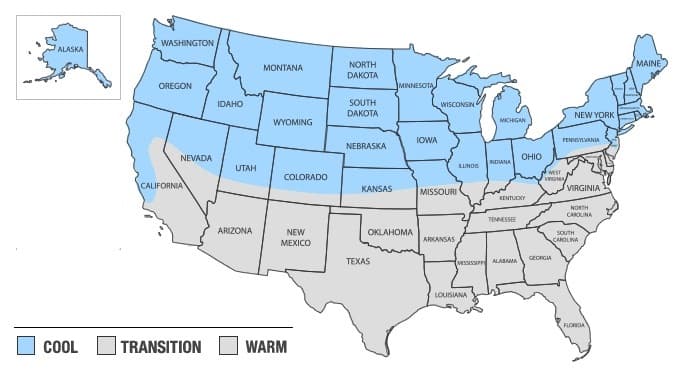
Wisconsin, with its cool season climate, prefers a particular set of grasses that relish the lower temperatures. The following sods are the easiest to grow and maintain in Wisconsin:
While it's possible to grow grasses meant for other regions with proper care, attention and timing, these are the most common grasses in Wisconsin for residential lawns.
Level Up Your Lawn Skills
Once per week we'll send you an interview from someone who has mastered the art of lawn care.
Recommended species for shade
Got a tight spot with a tall tree? Have no fear. Wisconsin's varied landscape is no match for the right grass. So, which sods love shade and feel right at home in the Badger State? Here's our hit list.
Topping the chart is Fine Fescue. Minimalist at heart, this grass needs only four hours of sunlight per day. This means when your big trees are hogging the sun, Fine Fescue thrives. It also survives our cold winters like a champ.
Next up, St. Augustine grass; a Wisconsin superstar. Hearty and shade-loving, St. Augustine doesn’t break a sweat under those big ol’ Wisconsin trees either. While this type demands a slightly higher dose of sunlight, it still survives with as few as six hours each day.
Third in line, meet Kentucky Bluegrass. Known for its high shade tolerance, this grass struts a brilliant green coat, dressed to impress. Give this superstar six hours of daylight, and it will serenade your lawn with lushness.
Lastly, but definitely not least, Ryegrass comes into play. Its dense, dark-green character takes your lawn aesthetics to a new level. Six hours of sun and it's as happy as a lark.
Attention: Not all sod is created equal. Measure your lawn’s typical sun exposure. Use our guide to choose the best option from the lineup. Whether beneath a towering Maple or a dainty Dogwood, your lawn deserves a shade-loving, Wisconsin-friendly sod. And remember, it's not just about sun-basking hours, consider grass hardiness and winter survivability. Every lawn has a perfect partner, let’s help you find yours.
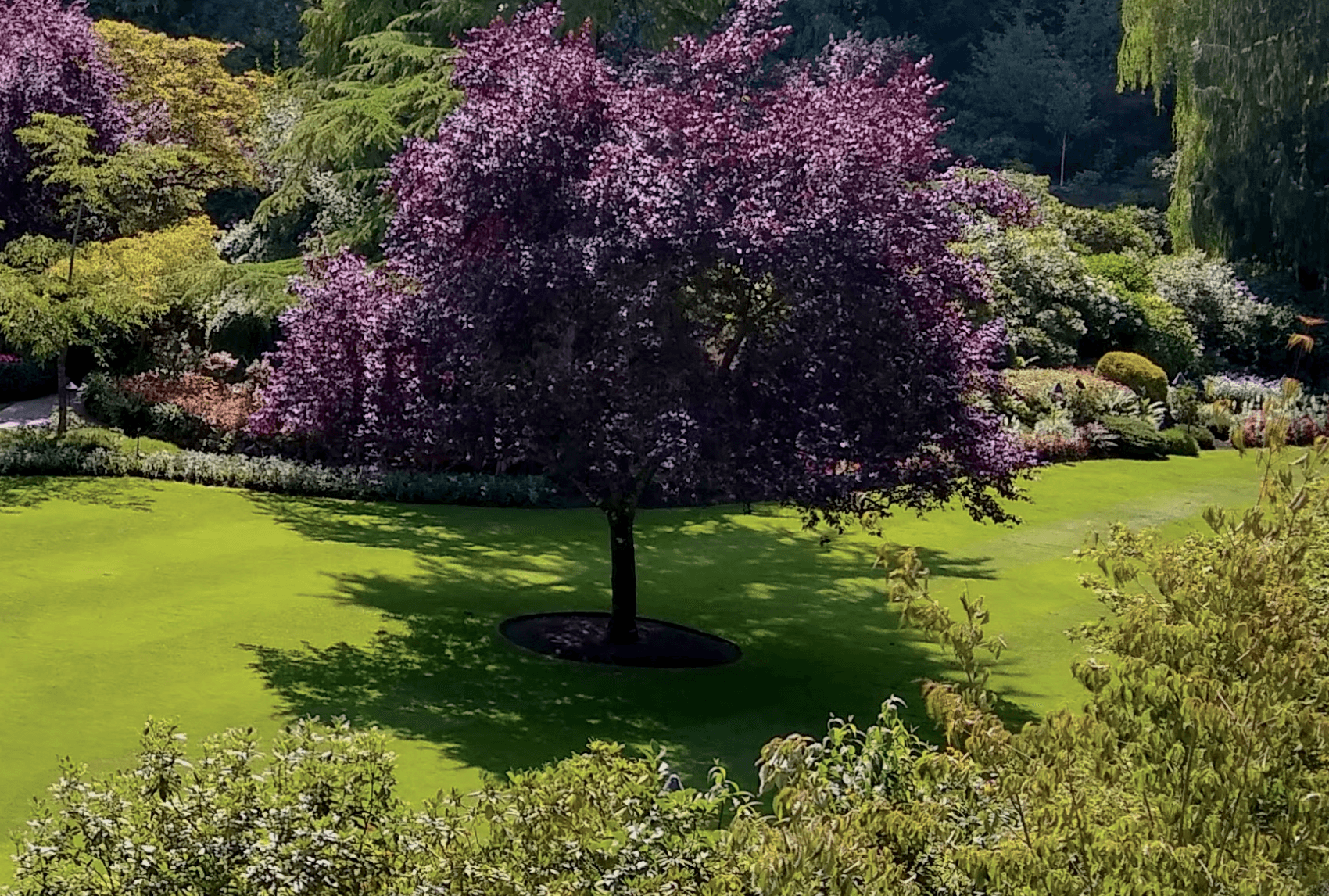
Recommended for full sun or partial sun
Choosing the right sod for your lawn depends heavily on the sunlight exposure in your yard. Different grass types have varying light requirements for optimal growth and appearance. Assessing whether your lawn receives full or partial sun is essential in selecting sod that will flourish and stay healthy in your specific environment.
Below are some sod options recommended for either full sun or partial sun conditions in WI:
| Grass Type | Sun | Good to Know |
|---|---|---|
| Tall Fescue | Partial | Tall Fescue is adaptable to a range of conditions, including partial sun, and is known for its deep root system and tolerance to drought. |
| Kentucky Bluegrass | Full | Kentucky Bluegrass prefers full sun and is prized for its fine texture, rich color, and ability to recover quickly from damage. |
| Perennial Ryegrass | Full | Perennial Ryegrass thrives in full sun and is known for its rapid germination, fine texture, and bright green color. |
| Fine Fescue | Partial | Fine Fescue is well-suited for partial sun and is appreciated for its fine texture, shade tolerance, and low maintenance requirements. |
What varieties stay green year-round?
As with anything agriculture related, there is some nuance to this question. There are many grasses that can stay green year round in but it depends heavily on your location within Wisconsin as well as any microclimates that may exist.
The following grasses have the ability to stay green year round in Wisconsin:
| Grass Type | Caveats |
|---|---|
| Tall Fescue | It typically stays green throughout the year in milder climates, given that it isn't overly stressed by heat or drought in the summer. |
| Kentucky Bluegrass | It can retain its green color for much of the year when well-maintained, though harsh winter temperatures can push it towards dormancy and a browner hue. |
| Perennial Ryegrass | It can stay vibrant and green throughout the year in many climates, unless conditions are extremely cold or dry. |
| Fine Fescue | It keeps its green color throughout the year in ideal conditions. If the winters are particularly harsh, it may lose some color. |
What is the best time to lay sod in Wisconsin?
Since it is considered a cool-season location, the ideal time to lay sod is in early spring or early fall. These periods offer moderate temperatures, leading to less stress on the sod and providing optimal conditions for root establishment before extreme temperatures of winter or summer. Avoid the summer, as high heat can stress the sod.
As you can see in the image below, you'll notice the most shoot growth (the grass above ground) and root growth in the spring and fall for cool season grases:
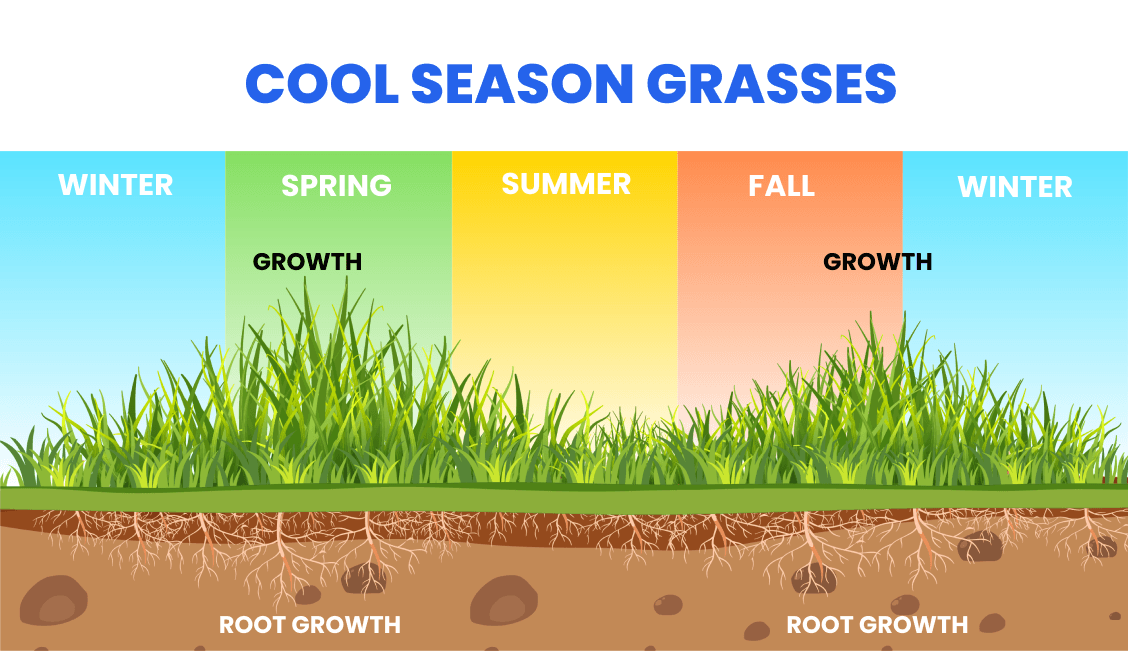
Find reputable companies for installing sod in WI
Here are the top problems you'll face when trying to get sod installed by a landscaping company:
- They're not transparent about pricing. You'll often get a quote that's way higher than you'd expect.
- They're hard to get ahold of on the phone or you'll reach out online but won't hear back.
- It's hard to pin them down for a specific date. Because you can only bring sod from the farm when there's decent weather, this causes some delays at times. It also has a short shelf life, so it's important to get it installed within a day or two of delivery.
We've done all the work for you. Click below to get a quote from one of the top installers in Wisconsin.
